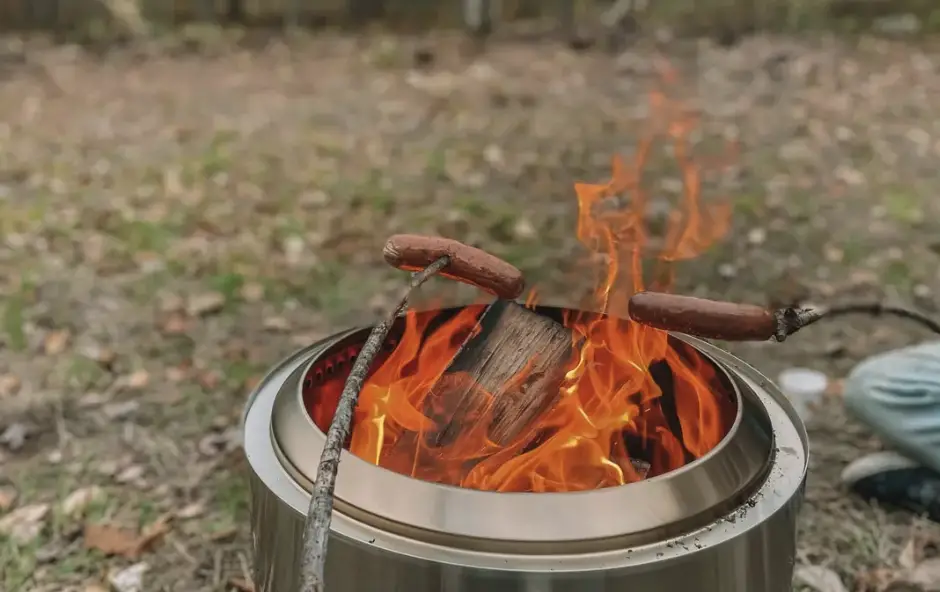
Solo Stove vs. Fire Pit: Unveiling the Heat Comparison
When it comes to outdoor heating options, both Solo Stoves and fire pits are popular choices that provide warmth, ambiance, and the joy of gathering around an open flame. But is a Solo Stove warmer than a traditional fire pit? In this blog post, we will delve into the question and explore the factors that influence the heat output of Solo Stoves and fire pits, helping you determine which option may be better suited to your heating needs.
- Efficient Heat Generation of Solo Stove: Solo Stoves are specifically designed to maximize heat generation by incorporating innovative airflow systems. The stove’s unique construction allows for efficient combustion, creating intense heat and a concentrated flame. The double-wall design of a Solo Stove creates a superheated environment, promoting secondary combustion and generating substantial heat output. This efficient design contributes to the perception of a Solo Stove being warmer than a traditional fire pit.
- Radiant Heat: Both Solo Stoves and fire pits emit radiant heat, which warms objects and people in close proximity. Solo Stoves excel in radiating heat due to their concentrated flames and efficient combustion process. The compact size and focused heat output of a Solo Stove make it highly effective at warming those seated around it, providing a cozy and intimate ambiance.
- Fire Pit Variations: Traditional fire pits come in various sizes, shapes, and designs, which can impact their heat output. Larger fire pits with broader openings and larger burning areas tend to dissipate heat more quickly, potentially spreading the warmth over a wider area. However, this may result in a less concentrated heat source compared to a Solo Stove. Smaller fire pits, on the other hand, may offer more concentrated heat, similar to a Solo Stove, depending on their design and construction.
- Controlling Heat Output: Solo Stoves typically feature adjustable airflow vents that allow you to control the intensity of the flame and the heat output. By adjusting the airflow, you can regulate the heat level according to your preference. Fire pits, on the other hand, may not offer the same level of control over heat output, as their design relies on the size and intensity of the firewood or fuel being used.
- Consideration of Surroundings: The overall heating experience can also be influenced by the surroundings and seating arrangement. Factors such as wind direction, placement of seating, and the reflective properties of nearby surfaces can affect how the heat is distributed. Optimizing the positioning of your Solo Stove or fire pit in relation to seating arrangements and taking into account potential wind patterns can help enhance the heating effect.
Conclusion: While Solo Stoves and fire pits both provide warmth and create an inviting ambiance, the efficient design and concentrated flames of Solo Stoves often result in a perception of higher heat output. The unique airflow systems and radiant heat generated by Solo Stoves can create a noticeably warm and cozy atmosphere for those gathered around. However, the size, design, and fuel used in fire pits can also influence the heat output. Ultimately, the heat experienced will depend on various factors, including the specific model and design of the Solo Stove or fire pit, environmental conditions, and seating arrangements. Whether you choose a Solo Stove or a fire pit, both options offer the opportunity to enjoy the warmth and charm of an open flame, enhancing your outdoor experiences and creating memorable moments with family and friends. Cheers to cozy gatherings and the allure of outdoor heating!






